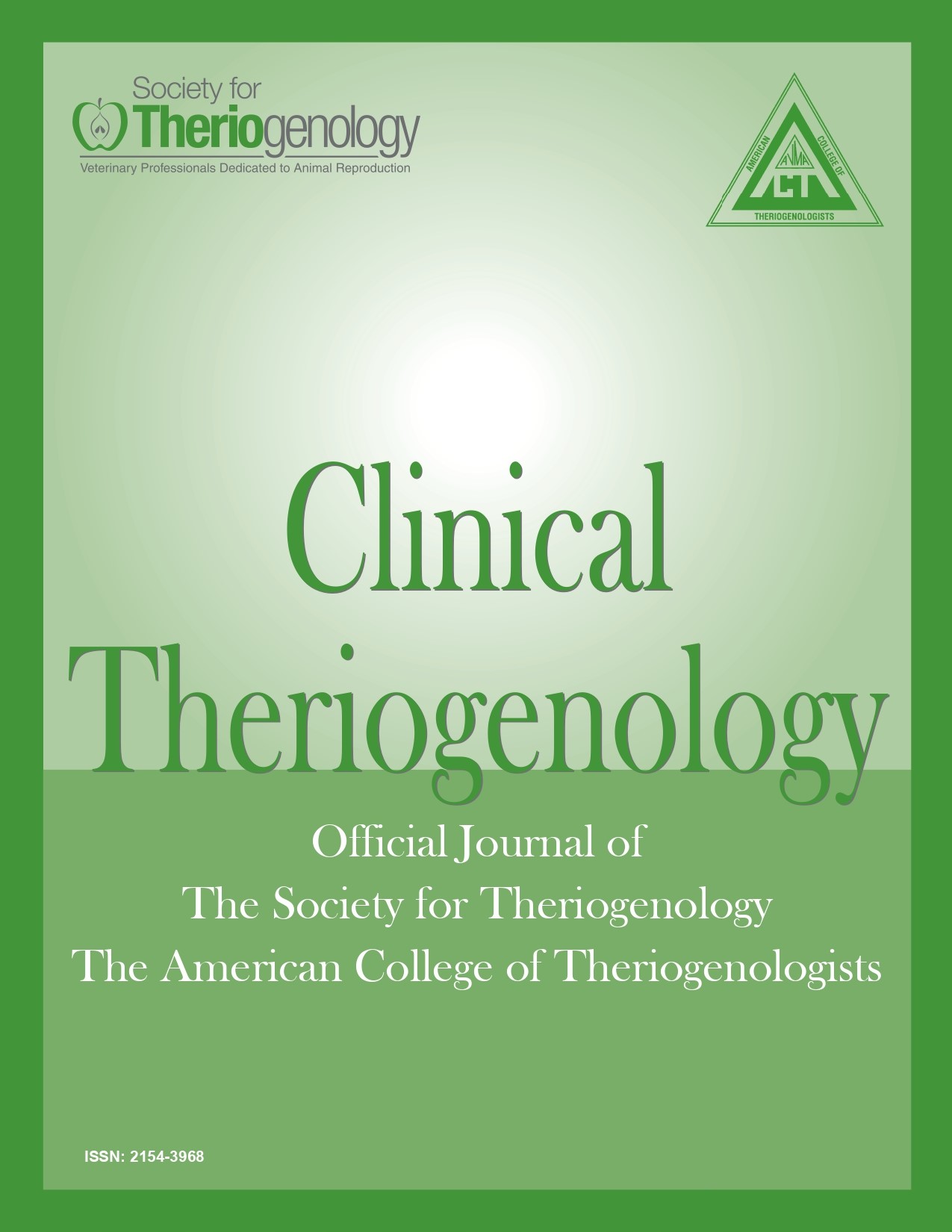Equine obstetrics: Mutation and delivery by traction*
Abstract
Successful intervention in equine dystocia requires an adequate understanding of normal parturition and a thorough knowledge of the causes of dystocia. The clinician must first accurately diagnose contributing fetal and/or maternal abnormalities in order to properly formulate a therapeutic plan. Judgment and experience are paramount in performing obstetrical procedures so that unnecessary injury to the dam and/or fetus is avoided and the mare’s subsequent fertility is maintained.
Downloads

This work is licensed under a Creative Commons Attribution-NonCommercial 4.0 International License.
Authors retain copyright of their work, with first publication rights granted to Clinical Theriogenology. Read more about copyright and licensing here.





